|
You know the old saying, “If something sounds too good to be true, it probably is.” Having heard great things about Alaska and seen pictures of its magnificent beauty, you may be wondering if that saying applies to the 49th state. Alaska truly is an amazing place, with jaw-dropping scenery, wide-open spaces, and peaceful surroundings. It does have some negative characteristics, though, that you should be aware of if considering a trip to the Last Frontier. Mosquitoes You’ve likely heard the joke about mosquitoes being Alaska’s state bird. They’re not quite that big, but you can see them. The bountiful lakes, ponds, rivers, and creeks in the state give mosquitoes lots of places to lay eggs. We found mosquitoes to be the most plentiful and annoying during the month of June. The tiny creatures easily found their way into our rig. I had my arm outside the blankets while sleeping one night and woke up to numerous itchy welts on it. The two mosquito rackets* we invested in before our trip to Alaska came in quite handy to battle the pests. There’s something satisfying about hearing the insects fry. (That’s how bad they are.) The netting hoods* we purchased also helped when we spent time outdoors, as did the insect repellent wipes we bought. We got a plug-in bug trap later in the season. Because the population of mosquitoes had already subsided, we didn’t find the device super effective after only one night of use, but it did make for a great night light. Lack of Darkness Speaking of night lights, you don’t need them for many hours, if at all, during the summer months. Alaska is known as the Land of the Midnight Sun for good reason: Because of its position in the northern hemisphere, the state doesn’t get very dark in the summer. In Fairbanks in June, the sky never gets pitch black, although it does approach twilight for a couple of hours each night. After the summer solstice, the days start to get a tad shorter, especially if you head south. Many people struggle with the lack of darkness. We got used to going to bed with the sun still high in the sky. We pulled our room-darkening shades to give the trailer more of a night feel, and our bathroom skylight made a natural night light. Darkness seemed strange when I encountered it in San Francisco on a work trip a couple of months later. I had forgotten what it was like. Desolate Roads Alaska’s wide-open spaces allow plenty of room for people to spread out. Unless you’re near Anchorage or Fairbanks — or on the Kenai peninsula during the salmon runs — you’re not likely to run into much traffic. (You will, however, come across potholes and frost heaves.) On many roads, you can go for miles or hours without seeing or hearing another vehicle. Because of this desolation, you’re at the mercy of small-town service station workers, or good-samaritan passersby, if you do have a breakdown. We know because my cousin had an issue with his boat trailer after we met him in Glennallen to go to his remote cabin. After getting the boat and trailer towed to the sole service station in the area around 3 p.m. on a Friday, we didn’t leave with the trailer’s integrity intact until about 5 p.m. on Saturday, more than 24 hours later. Few Store and Restaurant Chains Service stations aren’t the only rarities in the Last Frontier. Store and restaurant chains are too. The only places you’ll find retail, food, and coffee chains in Alaska are in the big cities of Anchorage and Fairbanks and their suburbs. If you get a hankering for McDonald’s or Taco Bell while elsewhere in the state, you’ll likely be disappointed. Expect to see lots of mom-and-pop shops. Tok, for example, has a Thai restaurant and an American restaurant, and that’s pretty much it. We prefer those small-town establishments anyway because they give us a better taste, literally, of the areas we visit. You may or may not find a supermarket chain. We came across a Fred Meyer in Soldotna, a Safeway in Valdez, and an IGA in Glennallen. Alaska has its own grocery store chain, too: Three Bears Alaska has 12 supermarkets in the state. High Costs Expansiveness and unadulterated magnificence come at a price. Because everything has to be trucked, shipped, or flown into Alaska from a great distance, costs for groceries, restaurant meals, fuel, automotive parts, and practically everything else are expensive. Even with awareness of that, you may have sticker shock. Rain and Mud You will have rainy days in Alaska, especially in the coastal regions. We experienced many, which made for muddy messes inside and outside our trailer. A summer in Alaska is definitely not glamping. On a good note, rain in the 49th state is different from rain in the Lower 48. Alaska gets more drizzles than downpours. Because of that, it’s easier to do things outdoors even with “showers.” You just have to dress for the occasion.
That said, rain can ruin plans and visibility. A foggy, rainy morning limited our views on the wildlife glacier cruise we took in Valdez. We had a wonderful time on the tour anyway and were able to see quite a few things. When we moved to Valdez from Homer, the forecast called for rain all week. The weather changes quickly in Alaska, and we were blessed to enjoy multiple nice days in the city at the end of the Alaska pipeline. We’re glad we didn’t let the predicted outlook deter us. But don’t expect to get a suntan in Alaska. More often than not, you’ll likely be wearing layers to keep warm. There are pros and cons to everything. As far as we’re concerned, the positive attributes of Alaska far outweigh the negative. The state’s awe-inspiring grandeur is not too good to be true. In fact, some of Alaska’s seemingly unfavorable traits contribute to its allure. You might also like Can You Drive a Fifth Wheel on the Alaska Highway? * As Amazon Associates, we earn from qualifying purchases.
2 Comments
About 75 miles north of Tok, Alaska, sits a small settlement known as Chicken. Wondering how it got its name? The village does not have a plethora of fowl. People don’t seem to be afraid (aka, “chicken”) to go there. So, why is it called Chicken? Truth be told, the settlers wanted to name the village for the abundance of what later became Alaska’s state bird but didn’t know how to spell ptarmigan. Someone suggested the name Chicken, and it stuck. Although known for chicken pot pie and chicken soup today, the village’s gold-mining history and legend lives on. Chasing a Dream In 1886, someone struck gold in the area and created a buzz. At one time, more than 700 miners panned the community’s streams, according to Travel Alaska. Nowadays, the year-round population hovers around 15 but can increase to about 50 in the summertime. Visitors can tour the Pedro Dredge (for a fee) and even take a stab at gold panning — for only $10 for two hours. Or, they can purchase gold-panning supplies and try their luck at the streams, just like in the old days. Since we had panned for gold in Fairbanks, we decided not to do so in Chicken. Getting There We hadn’t heard a lot about the small town of Chicken but were looking for something to do near Tok before heading back to the Lower 48, so we embarked on a day trip to the village. The drive on the Taylor Highway took about an hour and 45 minutes and didn’t offer much in the way of scenery. The narrow road is littered with potholes and frost heaves. Its sole purpose is to connect Chicken and Tok. The highway actually continues beyond Chicken, taking travelers into Canada and Dawson City (not to be confused with Dawson Creek). Many tourists enter Alaska through the Dawson City route. After driving the Taylor Highway in Gulliver, sans Tagalong, we’re glad we took the Alaska Highway instead. Exploring the Area Arriving in town to no cell service, we navigated to the first building we came to off the highway: the gift shop at the Goldpanner/Chicken Creek RV Park. We saw a cafe on-site but found it closed. The gift shop offered free flush toilets (most in the village were outhouses) and myriad T-shirts and souvenirs for sale. After perusing the inventory, we went outside to snap a picture of the two large chickens on display and wandered across the suspension Chicken Creek Bridge that spans the site of an old gold dredge. Finding Food With our tummies rumbling, we returned across the bridge to the truck and got back on the highway to find the rest of the town of Chicken. Airport Road, which we had passed en route to the gift shop, led us directly “downtown.” It consisted of three rickety, connected places of business: Chicken Mercantile Emporium, Chicken Creek Saloon, and Chicken Creek Cafe. We parked and headed into the cafe for costly counter service of good-quality food. Cinnamon rolls, brownies, and pies sat on the counter, tempting us to partake. We gave in to sharing a brownie after indulging in reindeer bratwurst and a cheeseburger, served on plastic gold pans. Our bellies full, we departed down the slanted floor to check out the rest of downtown. We found the uneven floor in the mercantile even more pronounced but enjoyed browsing the store’s eclectic assortment of Alaska- and chicken-themed souvenirs nonetheless. We couldn’t leave without making a deposit at the Chicken Poop, a collection of outhouses on the property. Hunting for a Statue Having seen a large display chicken when researching the small village before our arrival, we set out to find it. A quarter-mile drive from downtown led us right to it. This particular chicken had been made out of high school lockers, leaving it rusty. Across a dirt road from the chicken stood Pedro Dredge, which operated in Chicken from 1959 to 1967 and mined 55,000 ounces of gold, according to the Chicken Gold Camp & Outpost. The outpost gift shop (this one with a level floor) featured a coffee shop and a wider variety of chicken- and Alaska-related offerings. It also exhibited old artifacts from the town’s mining days.
Always up for an adventure, we found the trip to Chicken worthwhile. If you decide to go, don’t be surprised when you find no cell service, outhouses, and high prices for a bite to eat. Just think of it as part of the experience. You might also like Experiencing Alaska’s Uniqueness. Every year, 16 million pink salmon migrate to the Solomon Gulch Fish Hatchery in Valdez, Alaska, to spawn, according to Alaska.org. With this abundance of fish, everyone wants in on the action — including bears. On our last full day in Valdez, Bob set out mid-morning to catch his daily limit of salmon. I told him I’d come down in a little while to take a break from work. As I headed toward the water, my phone rang. It was Bob calling to tell me I should wait to come because of a bear in the area. I looked up and saw a black bear heading my direction. Turning on my heels, I returned to the trailer to grab my bear spray and give the beast some distance. It went toward some bushes and the water, away from Bob’s fishing spot. I waited a bit to ensure my safety. When the bear didn’t resurface, I decided to take my chances and head down to see Bob. Thankfully, no bear was in sight — nor were any fish. It started raining, so we retreated for the day. Mob Mentality Later that afternoon, 10 to 12 people gathered near our trailer, their eyes watching something in the bushes toward the water. Anytime we saw a crowd standing and staring in a certain direction in Valdez, it signaled a bear. That held true in this instance, but the crowd didn’t know the source of their attention. As they moved behind and to the other side of our trailer to try to get a better look, a dad picked up a very large rock to defend himself and his family. I peered out our back window and noticed branches moving. I had no doubt the bear from the morning had come back, attempting to get up the cliff from shore to head home for the evening. The people wouldn’t back away to give it room, so I went out and told them if they’d leave the bear alone, it would go home. “What is it?” they asked. “It’s a bear,” I said. “It’s been down there all day. It lives up the hill and is probably trying to go home.” Sure enough, as soon as the people cleared out, the bear emerged, strolling farther from our trailer but staying in the campground. Other people stood still and watched, and vehicles pulled off the road to check out the show. This prevented the bear from leaving the campground to cross the street. I never saw the creature after that, but I kept my bear spray with me if I went outside, just to be safe. In reality, black bears don’t want anything to do with people. They tend to keep their distance. Scary Evidence Having relatives in Alaska, I grew up hearing about remote cabins that required a boat ride to reach and always wanted to experience that. I got my chance, thanks to my cousins, Paul and Ruth. Bob and I joined Paul aboard his motorboat at a landing where we left Gulliver and Tagalong for a couple of nights. About 20 minutes later, we pulled ashore at a grassy area, no building in sight. By this time, Ruth had made it to the landing we left from, so we unloaded our cargo in the field, even leaving food there. (I didn’t think that wise knowing other relatives had been greeted by a grizzly when approaching land on similar trips, but I was new to the whole experience.) We returned to the landing to pick up Ruth and her belongings and made our way back to our cargo, finding it undisturbed. Paul strapped a rifle to his shoulder and led the way on a half-mile hike to the cabin as we followed, carrying the food and our backpacks. Paul would go back for the heavier cargo with his four-wheeler, as ATVs are called in Alaska, after we reached the cabin. Our hike proved uneventful, and we made it to the rustic building flanked by an outhouse without spotting any wildlife. Paul started the generator to power the outlets and lights, and Ruth and I picked wild Alaska blueberries while Bob grilled steaks. We enjoyed good conversation before turning in for the night. The next day, after a hearty blueberry pancake breakfast, we headed back to the boat with fishing rods in hand and saw evidence that a bear had been on the trail at some point: hair stuck to a tree trunk where the grizzly had rubbed itself. The hair could have been there the night before without our noticing. We had planned to arrive at the cabin the day before but were delayed due to a hub on the boat trailer coming apart and damaging the spindle. Maybe there was a reason we missed that day. Telling Tracks Undeterred, we pressed on to the boat and cast our hooks in the water from shore. Before long, I caught my first fish in years — and my biggest ever, a grayling. I wanted more to feed us all, so I kept casting and reeling in the spinner. I got another bite at one point, but the fish wriggled off. No one else caught anything, so we decided to go for a boat ride to explore more of the creek. On the excursion, Paul spotted a moose. Busy trying to get my camera ready, I didn’t see it. Rookie mistake. I did see swans, ducks, and a bald eagle, though. We pulled ashore on a sandbar and got out to look around. Large footprints made it clear we were in bear country. Other tracks revealed that a moose, a wolf, birds, and a small critter like a fox had also visited the sandbar. The sobering evidence put our heads on a swivel as we reboarded the boat and headed another direction. Stopping in a lake, we fished from the boat. Paul caught and released a small grayling. Bob did the same. But then Bob caught one big enough to keep. That, combined with my fish, made for a decent snack for the four of us.
After returning to our original docking point, with me driving the boat for part of the time, we hiked back to the cabin, stopping to pick blueberries before rain forced us inside. The sun shone brightly the following morning, and we picked more blueberries for a couple of hours before packing to return to our regular lives. What an amazing experience to spend a weekend at a remote cabin, immersed in the quiet of nature and away from the hustle and bustle of everyday life. We were told we’d sense a bear if it were nearby, that the hair on the back of our necks would stand up. We never got that feeling, but the remote experience definitely gave us a greater respect for bears. We’re grateful for our safety, the opportunity we had, the time of rejuvenation and family. You might also like Attack of the Killer Cardinal. Valdez, Alaska. The end of the 800-mile Trans-Alaska Pipeline System. The northernmost ice-free port in the U.S. A hidden gem off the beaten path for most tourists, who opt to visit Homer and Seward instead. The world knows Valdez for the Exxon oil spill in 1989, but Alaskans know it for its boundless beauty, fantastic fishing, gripping glaciers, and wondrous wildlife. The city of Valdez, population about 4,000, wasn’t on our radar of places to visit. After hearing rave reviews by many of the Alaskans we talked to, however, we decided we’d better check it out. We’re glad we listened to those people, as it quickly became one of our favorite stops. Boundless Beauty The drive to Valdez is a two-hour trek from Glennallen through scenic country, past lakes and glaciers galore, along and across rivers, through mountains, and beside waterfalls. The highlight of the trip is Thompson Pass, which climbs to 2,600 feet, taking visitors close to Worthington Glacier and through lush green landscape akin to what you might expect to find in New Zealand. As you descend into Valdez, your eyes are drawn to the numerous white zigzags of waterfalls descending the towering mountains. Approaching town provides close-up views of Bridal Veil Falls and Horsetail Falls on either side of the highway. We camped at Allison Point Campground, 12 miles outside the city, near the Valdez Marine Terminal, where crude oil is loaded onto tanker ships. Our back window offered picturesque views of Port Valdez, a fjord of Prince William Sound. Fantastic Fishing We arrived in Valdez around 7:30 p.m. with plenty of daylight. After setting up our rig, we wandered to another part of the campground to explore our new surroundings. Peering over a cliff down to the water, we spotted someone catching good-sized fish using a line and his hands, no rod. Then we noticed lots of fish jumping. Loud splashes and gasps for air alerted us to sea lions in the area. We decided to get a closer look and found other people catching pretty big fish. Wanting to get in on the action, we returned to Tagalong to assemble our collapsible fishing rod.* Just before 10 p.m., with the sun still shining, we slipped over slimy rocks to get to the water’s edge as the tide ebbed. In only 30 minutes, Bob caught his daily limit of six pink salmon — the biggest fish he’d ever hooked. The rapid pumping of adrenaline helped negate the annoying mosquitos trying to distract us. (We only bought one nonresident fishing license and had one rod.) Fishing is the second biggest industry in Alaska after oil. Every year, hundreds of thousands of salmon swim upstream to lay eggs and die. We had heard about these runs and always wanted to see them. We got our wish, hitting Valdez at the peak of this event for pink salmon. Back in the trailer with our beheaded and gutted catch, we started processing the fish a little before 11, with help from a YouTube video. The sun quickly dipped below the horizon, the first time we’d seen that happen since setting out for Alaska in late May. Two hours later, Bob completed the processing job. The meat weighed close to 7 pounds, averaging just over 1 pound per fish — not bad for a 2.5-hour investment. We stored the fillets and crashed into bed, thankful for the fresh food. Gripping Glaciers We awoke to a foggy morning and headed into town to board the Lu-Lu Belle boat for a glacier wildlife cruise. Someone we bumped into in Homer had recommended we book a tour on this particular boat. What an experience! Being some of the last passengers to arrive, we didn’t find anywhere to sit in the main cabin. Captain Fred, who’s been running these tours since 1979, gave us all a safety briefing before heading upstairs to the wheelhouse. He invited passengers to join him anytime, so we followed, pleasantly surprised to discover more passenger seating. Captain Fred prides himself on taking people closer to the wildlife and glaciers than any other cruise company, and he didn’t disappoint. He led us and nearly 30 other passengers through Port Valdez and the Valdez Arm to Prince William Sound, stopping along the way for us to snap photos of sea otters and waterfalls. Before we knew it, Captain Fred navigated us through a field of blue icebergs to within one-quarter mile of Columbia Glacier, the largest in Prince William Sound and one of the fastest-moving in the world. The mountain of ice stands 200 to 400 feet tall. We lingered for an hour in the mesmerizing beauty and got to witness the glacier calving, or breaking apart, multiple times — including the equivalent of a three-story building crashing into the water at one point. Every direction we looked left us in awe of God’s ice sculptures. With rain on the windows, our best chance at good pictures meant braving the 34-degree temperature outside. Good thing I wore long johns and took layers of clothing. Wondrous Wildlife On the return trip to Valdez, we observed harbor seals and sea otters hanging out on icebergs before the rocking of the boat lulled us to sleep. We woke up to see puffins and sea lions. Talk about getting closer than any other company: Captain Fred drove his boat practically into a cave so passengers could get good views and photos of puffins perched there. The only thing that would have made the trip more complete was a whale sighting. I had given up any hope of that, accepting that it wouldn’t happen for us this year in Alaska. But then someone spotted an orca! I dashed outside, eager to feel the immenseness of such a creature. Whales travel in pods, so one quickly turned into nearly 20 as we flung our heads to and fro for a chance to witness these magnificent beings rising to the surface for air. Amazing! Given the vastness of Prince William Sound in proportion to the whales, they didn’t seem all that enormous. I found myself astounded nonetheless, especially when considering that an orca’s dorsal fin can be 4 to 6 feet tall. In addition to the killer whales, we saw porpoises before returning to shore, nearly 10 hours after departing. Our $175 per-person fare had guaranteed us about seven hours of exploration, but Captain Fred went the extra mile(s) to ensure we got our money’s worth and a view of all the fascinating things he’s been admiring for nearly 45 years.
There’s much more to see in Valdez than we saw, but we’re overjoyed with our experience. My favorite part was sitting or standing on the shore of Port Valdez’s cerulean water to watch fish launch themselves into the air, sea otters float on their backs eating their treasures from diving expeditions, and sea lions come up for air after catching their dinner. What a blessing! You might also like 4 Amazing Things to Do in Fairbanks, Alaska. * As Amazon associates, we earn from qualifying purchases. |
AuthorThis is the travel blog of full-time RVers Bob and Lana Gates and our truck, Gulliver, and fifth wheel, Tagalong. Categories
All
Archives
July 2024
|



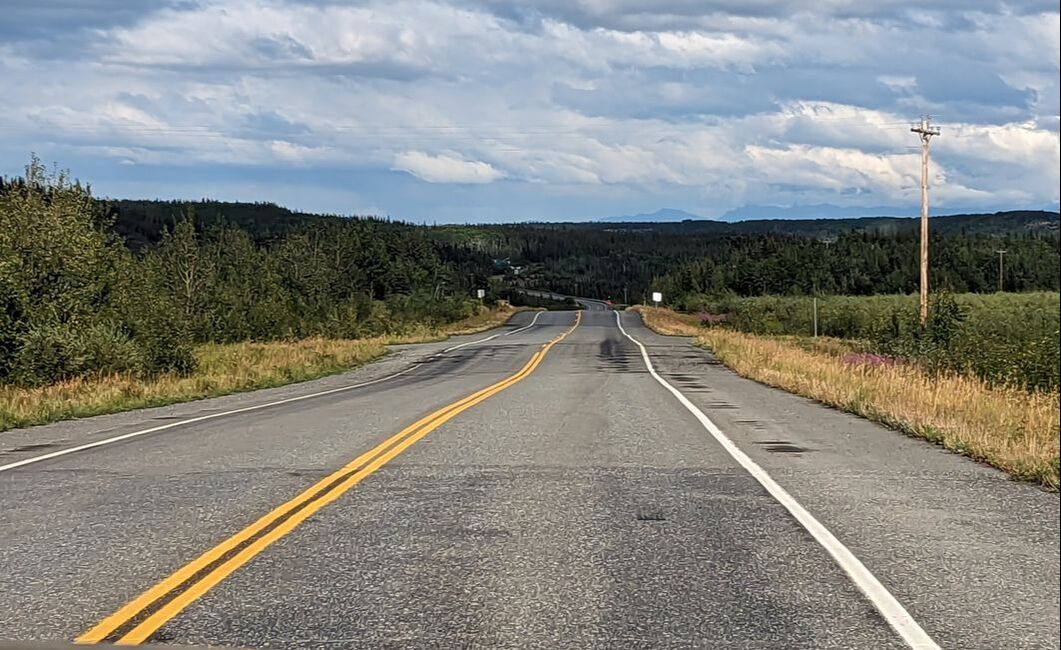


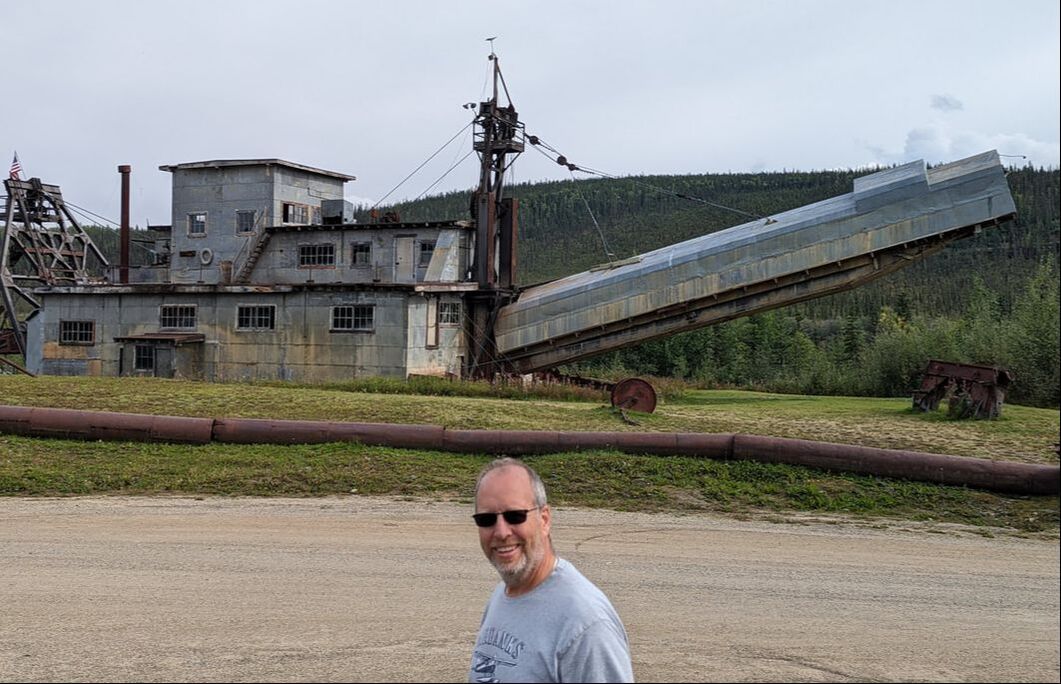



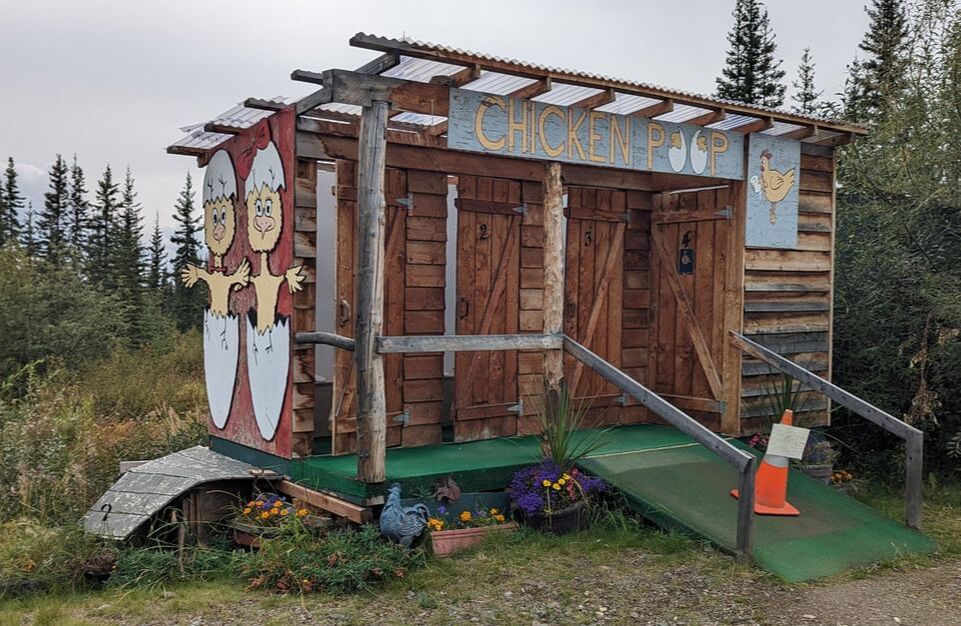




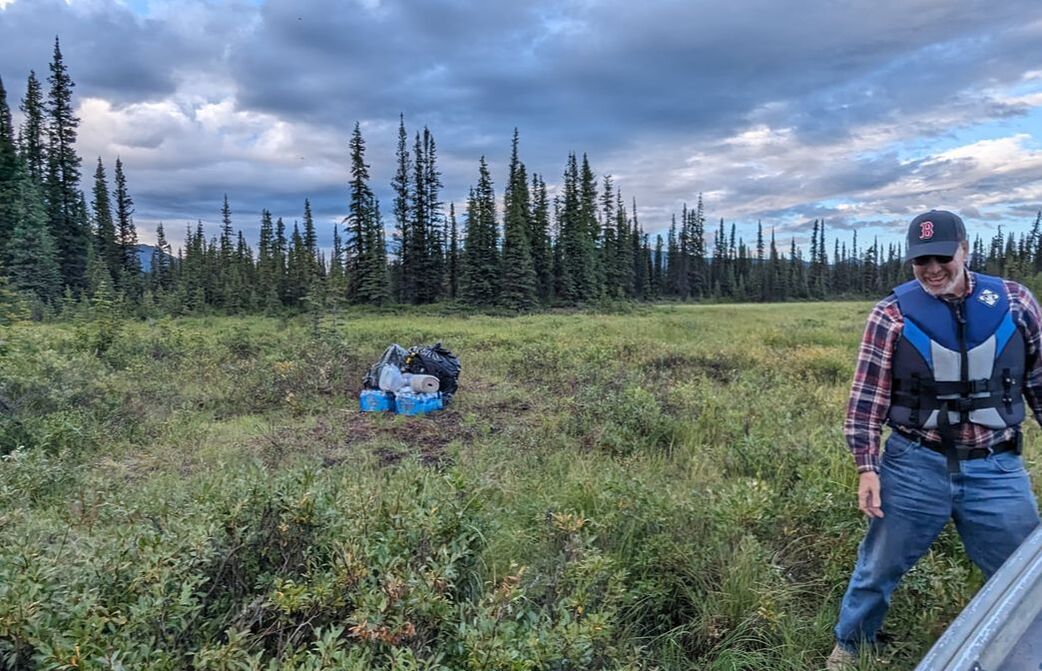


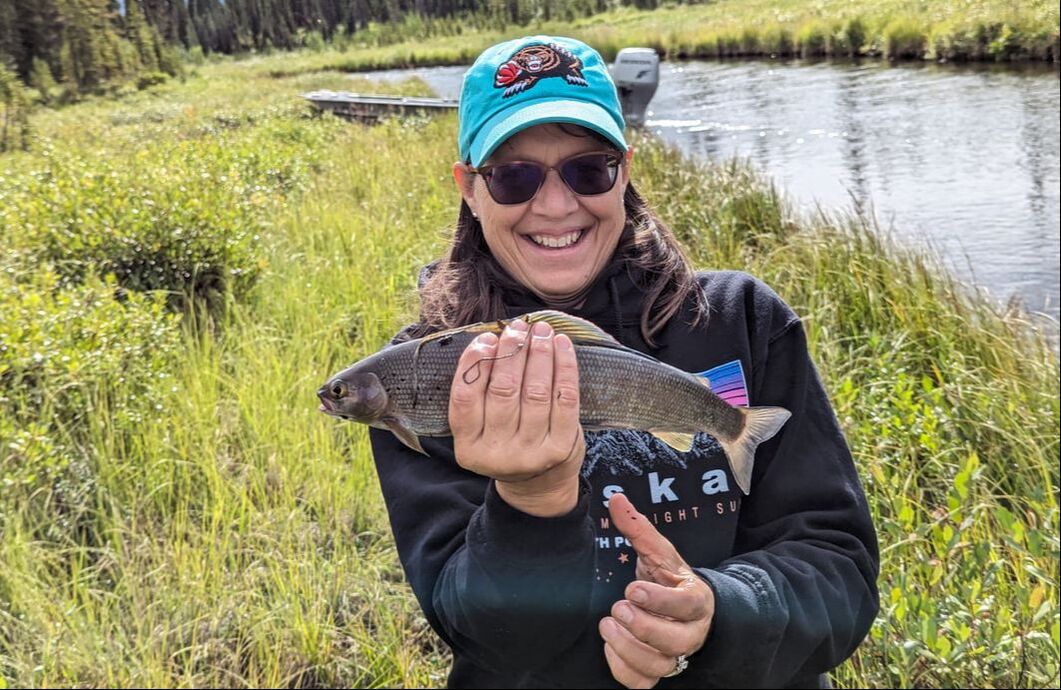



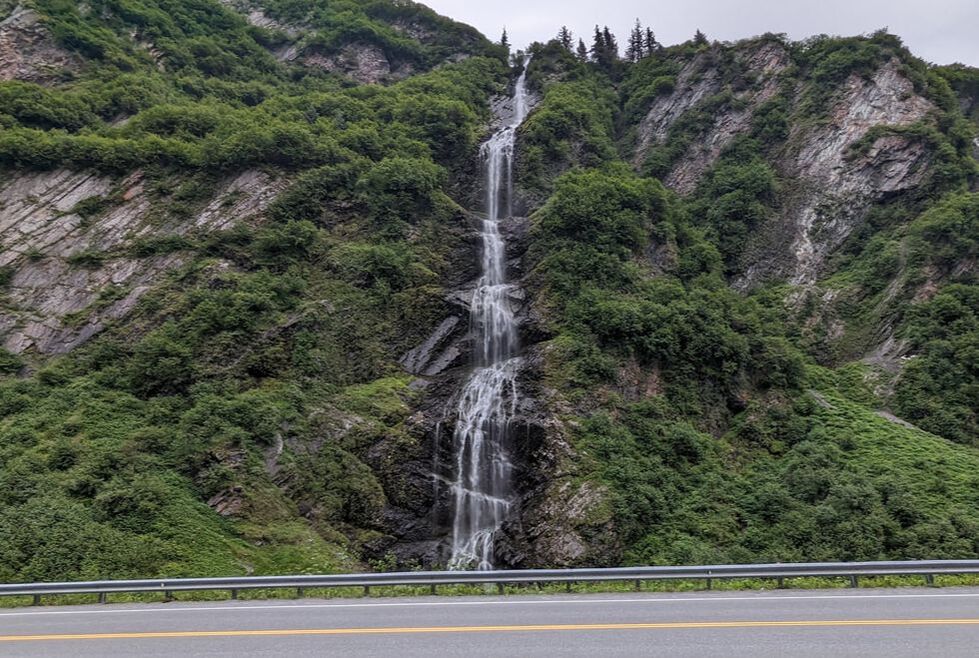






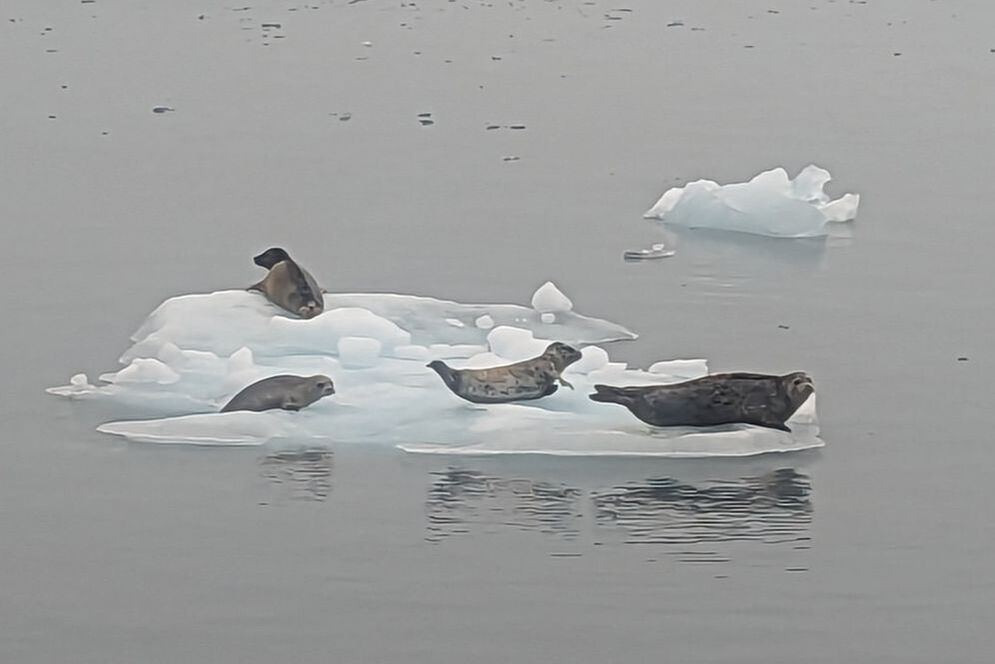

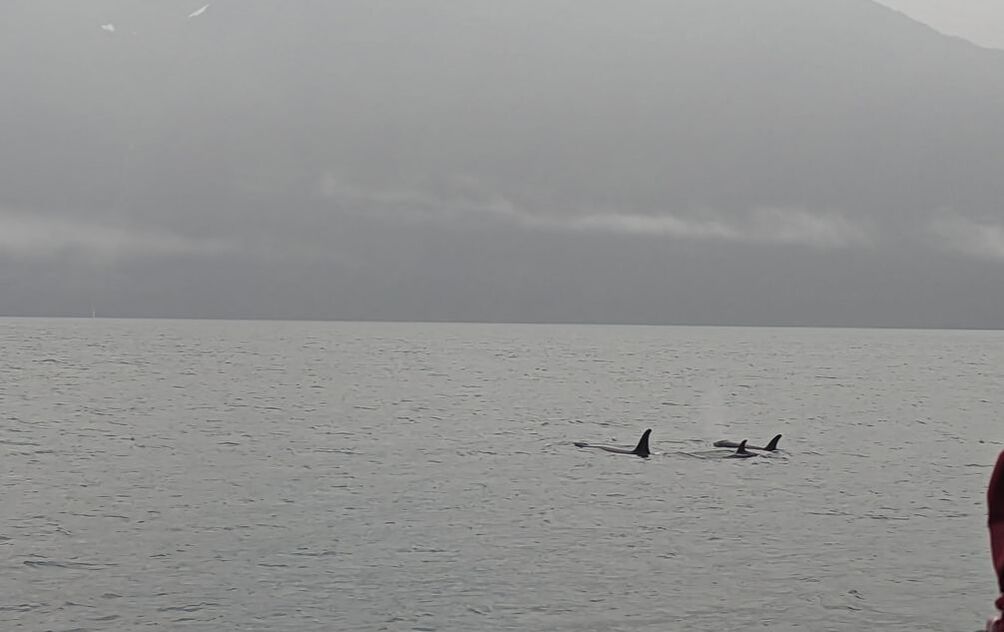
 RSS Feed
RSS Feed